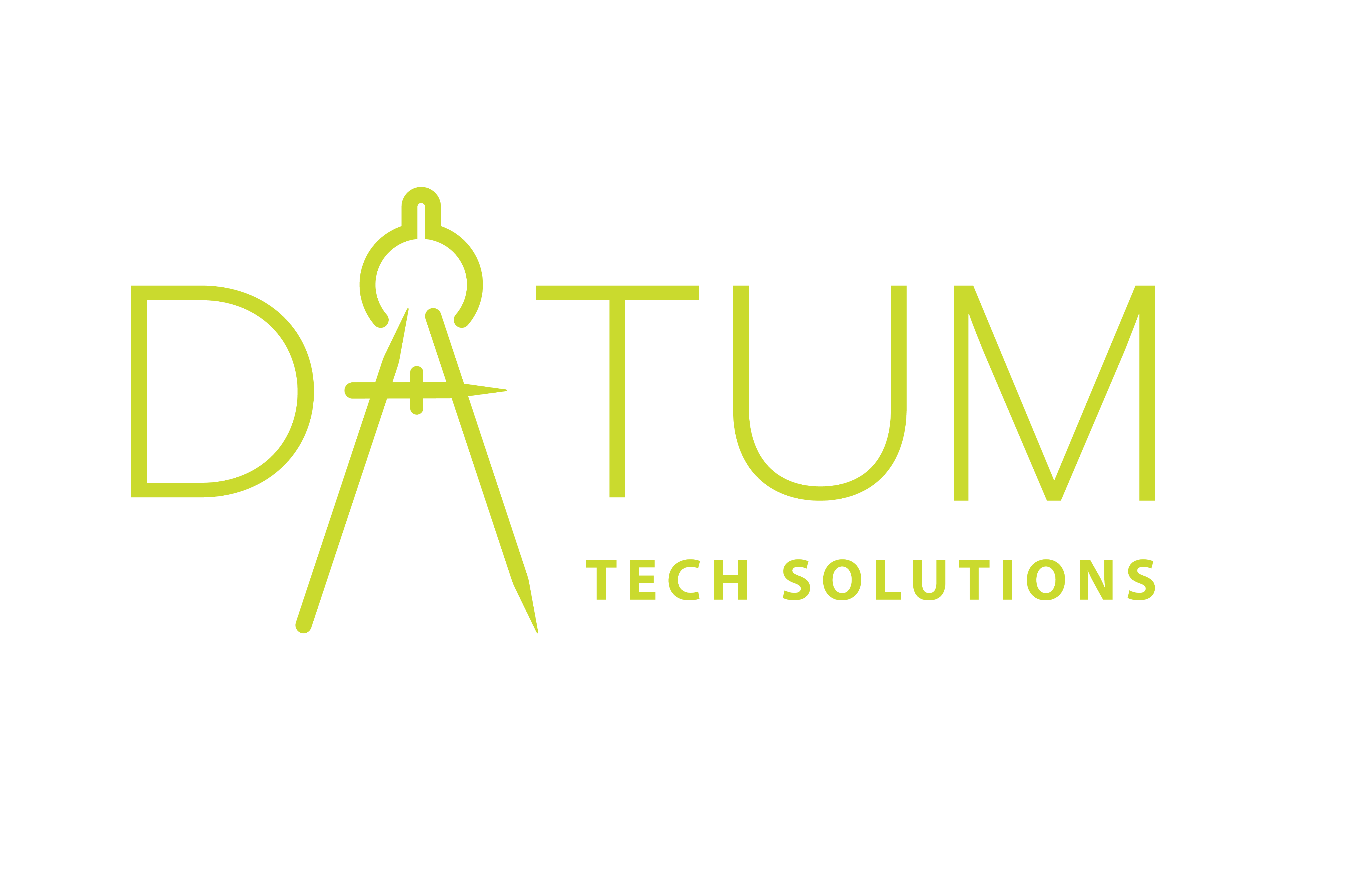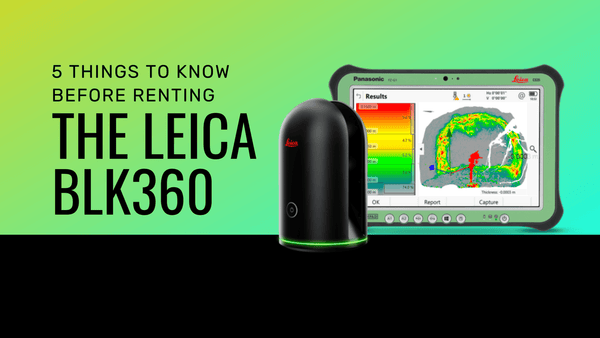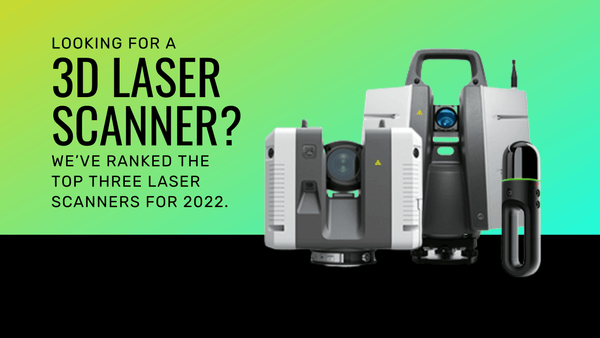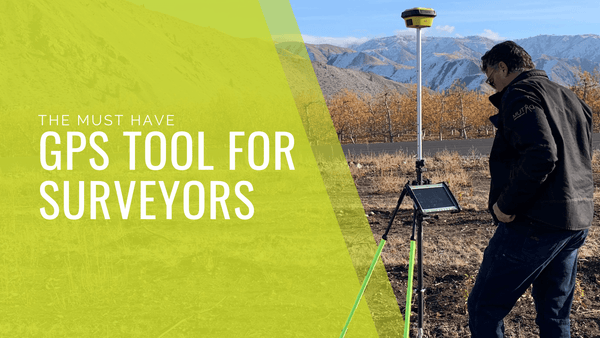Meet the Team: Christopher Kercheval, Surveyor and Pittsburg Native
Datum Tech Solutions is welcoming its newest member, Christopher Kercheval, to the team. When he isn’t putting his runners to the pavement, or reading you’ll find him at Datum Tech Solutions. Kercheval earned a degree in Business Management and before he landed his new gig at Datum Tech he was working in the land surveying and 3D laser scanning manufacturing industry.

How has your previous experience prepared you for your role at Datum Tech Solutions?
CK: Previous experience as a land surveyor and working for a manufacturer of 3D laser scanning hardware has been paramount to preparing for the role. Past projects and experiences enable me to better understand and foresee the needs of clients and have a more complete understanding of their current and future needs.
Is there a project that’s coming down the pipeline that you are super stoked about?
CK: The Opera House heritage project here in Pittsburgh is really exciting to me. The ability to help in the restoration of a local landmark with such rich history and significance is a special feeling that other projects can sometimes lack.
How would you describe your new role with Datum Tech Solutions? What do you think will be the most exciting component of your position?
CK: My role could be best described as a helper/facilitator, I listen to the needs of the client and recommend the best action in moving forward. At Datum Tech Solutions, we have many options available to accomodate the need in front of us and part of my role is finding the best fit. The most exciting part of the role for me is the constant adaptation and learning that comes from conversations and situations with clients.
How did you learn about Datum Tech Solutions?
CK: While working in the industry for four years prior to coming onboard, I had the pleasure of meeting many users and members of the scanning community and Datum Tech Solutions was spoken of highly. Through LinkedIn, Stanley Lawrence and another team member became connections which allowed for me to demo a newly released product and a software designed for drones.
How do you see BIM and 3D laser scanning solutions changing the way that industries like architecture, design and engineering perform their work? Have you seen anything particularly inspiring since you started?
CK: I see the adaptation of digital workflows being a huge change catalyst in the approach to facilities maintenance,validation,and future design. Documenting the as-is, validating the as-built, and designing the will-be all digitally helps to ensure accuracy and enable better future planning compared to traditional methods. There have been too many cases that are awe inspiring to list, but I commend those breaking new ground and pushing the boundaries and am always looking for the next example of a successful application in an under recognized arena.
How do you stay up-to-date in your industry? Any specific magazines, blogs, social accounts that you regularly check in with?
CK: To stay up to date, I have been attending virtual conferences, following industry leaders on LinkedIn, and reading on several platforms that are geared toward the industry and related areas.
Any advice for prospective candidates looking to pursue a career in STEM?
CK: Start now in an area that you are interested in: create, explore, question, and become involved. As your journey progresses you may find yourself heading in a different direction than you originally intended, and that is a good thing. I started in geospatial as a land surveyor and it has led me to 3D laser scanning and onto Datum Tech Solutions. I feel that the 12 years in the field was a necessary prerequisite to best accomplish the tasks that I face now. STEM will play a huge role in where we are as a society in the future and the earlier we start our interest the better we will become at adopting the new technology, broadening the applications thereof, and creating the next generation’s future state.
What do you feel in the most misunderstood aspect of your industry? Any common misconceptions?
CK: The industry has been around since the mid 1990s and was slow to be adopted. Over the past 10 years there have been huge advancements in the hardware and software that have enabled it to reach a wider user-base. With this greater adoption, there still currently persists a few common misconceptions: scans are too expensive, they are not accurate, and the end product is something only specialized departments can use. The reality is, given an open mind to future states the technology can alleviate quite a few common issues that are faced with using only traditional methods that have been standard practice to date.
What are your hopes for the future of your industry? How do you see the industry getting there / evolving?
CK: The evolution of the industry has been fueled recently by the users that are pushing the envelope and requesting the ability to do more, as well as the manufacturers that are forward thinking and taking current products into new spaces with proprietary systems. I hope to see a continuation of these key elements on all sides, the users pushing the tech to evolve, the manufacturers refining the workflow in-field, and the software applications that are specializing to specific user bases.
Any tips for people in your industry on how to navigate working remotely successfully?
CK: Working remotely as related to the current state of the economy: create a space for the home office, maintain a schedule, take notes on key items during the day, take breaks/meditate. As my experience over the past year has gone, I have found myself being more focused and productive than in the traditional office setting.




